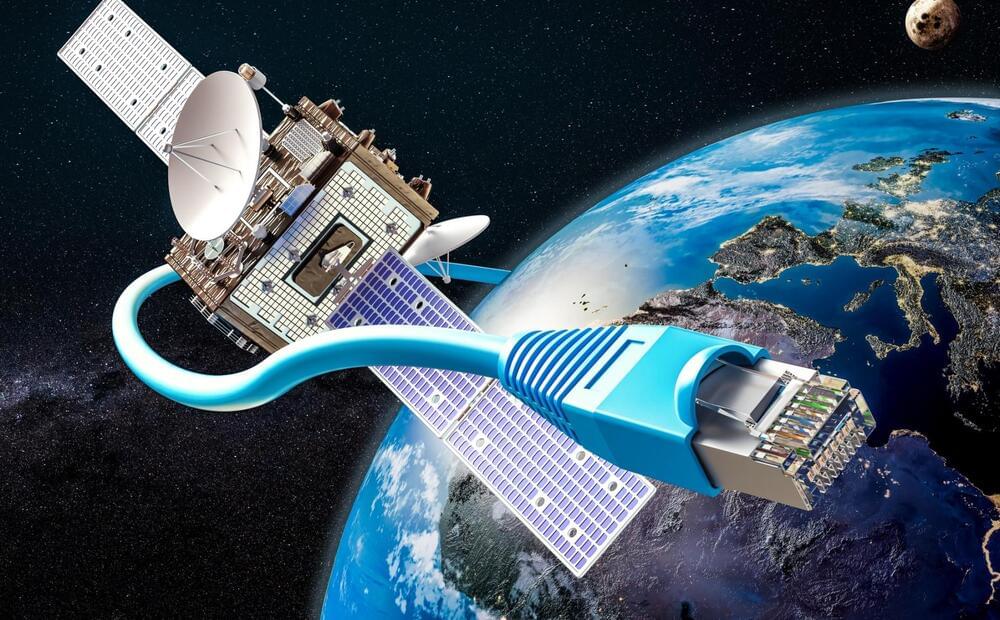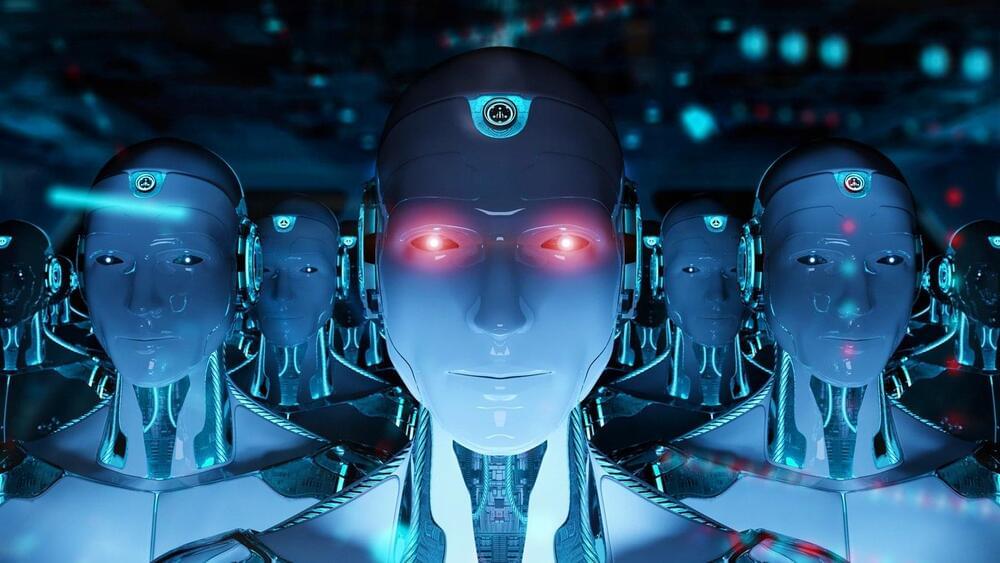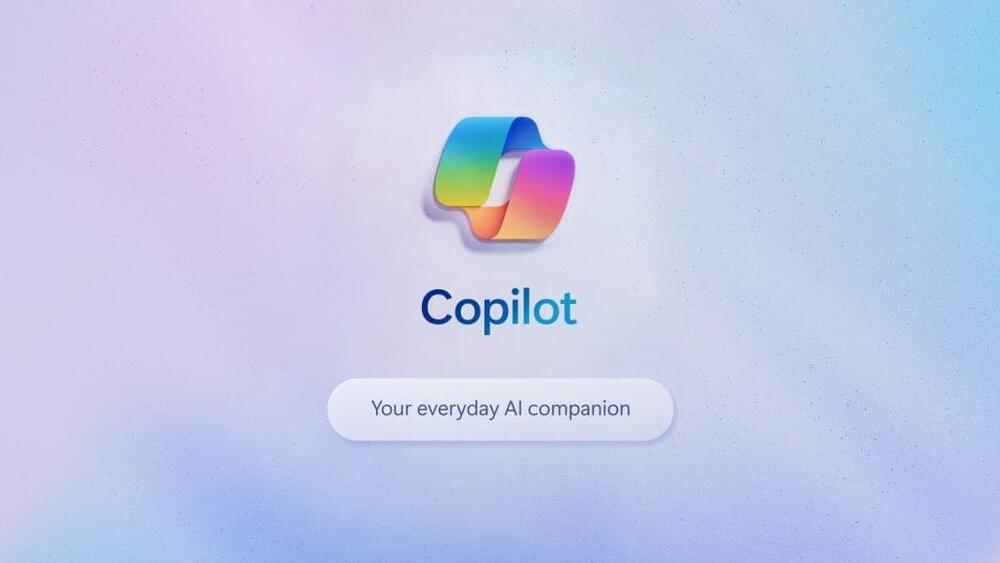Sep 28, 2023
ChatGPT can now search the web in real time
Posted by Gemechu Taye in categories: internet, robotics/AI
OpenAI promises up-to-date information with direct links to sources for subscribers only, but others will get the feature.
OpenAI posted today that ChatGPT can once more trawl the web for current information, offering answers taken directly from “current and authoritative” sources, which it cites in its responses. The feature, called Browse with Bing, is only open to those with Plus and Enterprise subscriptions for now, but the company says it will roll it out “to all users soon.”
Microsoft’s Bing Chat on Windows, in the Edge browser, and in third-party browser plugins could already return live information from the web, and so can Google’s Bard in Chrome and other browsers. Both also offer… More.
Continue reading “ChatGPT can now search the web in real time” »

















